"The original name of the pit worked by Carvear China Clay Works was Bodelva Pit. This pit hat limited output because the clay was discoloured pink which ruled out many markets except for one. China clay is used in the production of newsprint and one significant customer was the Financial Times which to this day is still printed on pink paper.
The clay pit in which the Eden project is sited was in use for over 160 years. In 1981, the pit was used by the BBC as the planet surface of Magrathea in the TV series 'the Hitchikers Guide to the Galaxy'
By the mid-1990s the pit was all but exhausted. It appears that the pit was worked by companies other than Carvear (Carvear Moor is just to the south of Bodelva)
The orginisation of work was similar to that of tin and copper mining in the early nineteenth century. This meant that workers would travel from pit to pit, both clay and metal according to the availability of pitches.
Might be worth searching the tithe maps of 1841 which may possibly hve reference to the pit.
The major landowners in the area were the Rashliegh family. Charles Rashleigh built Charleston harbour between 1791 and 1802 which was used to ship out china clay
"
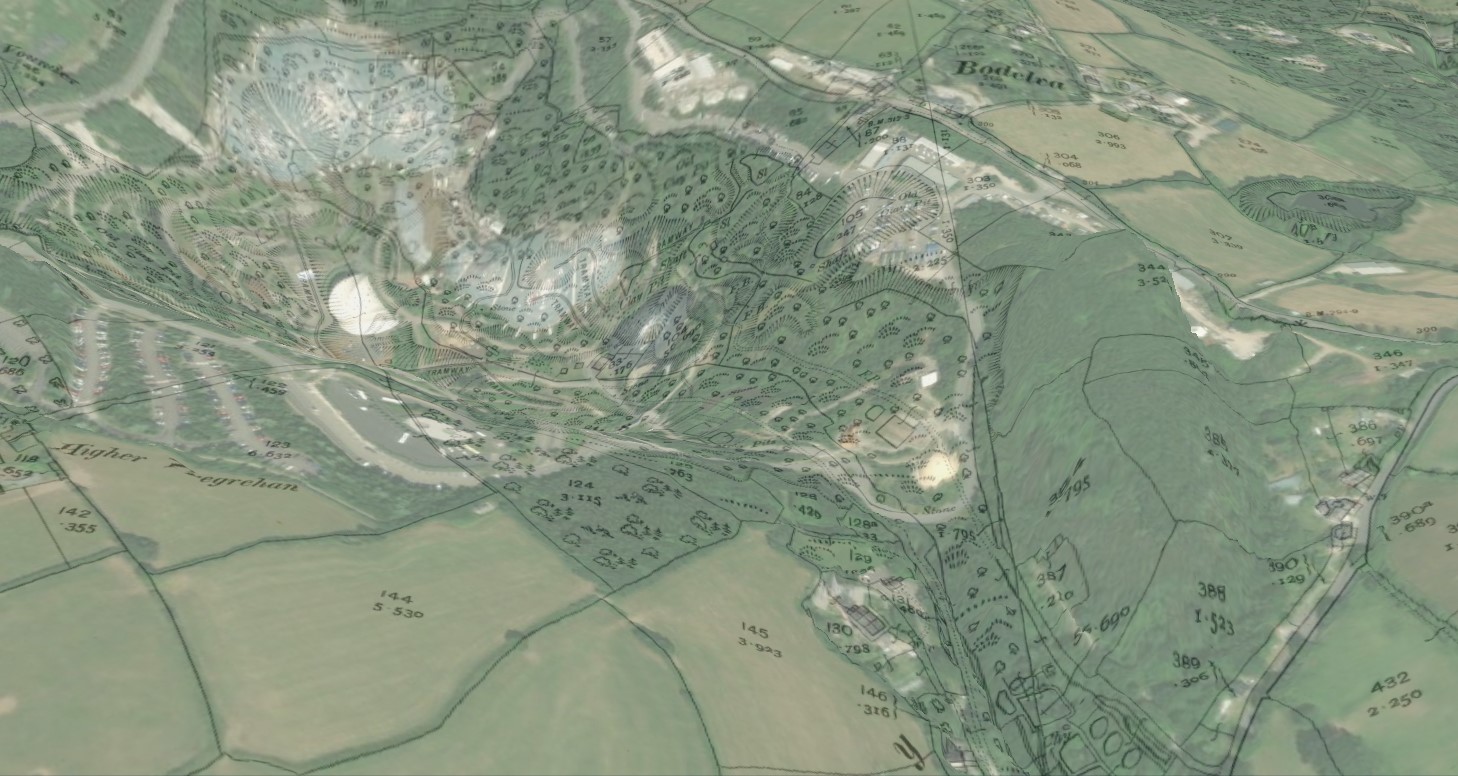
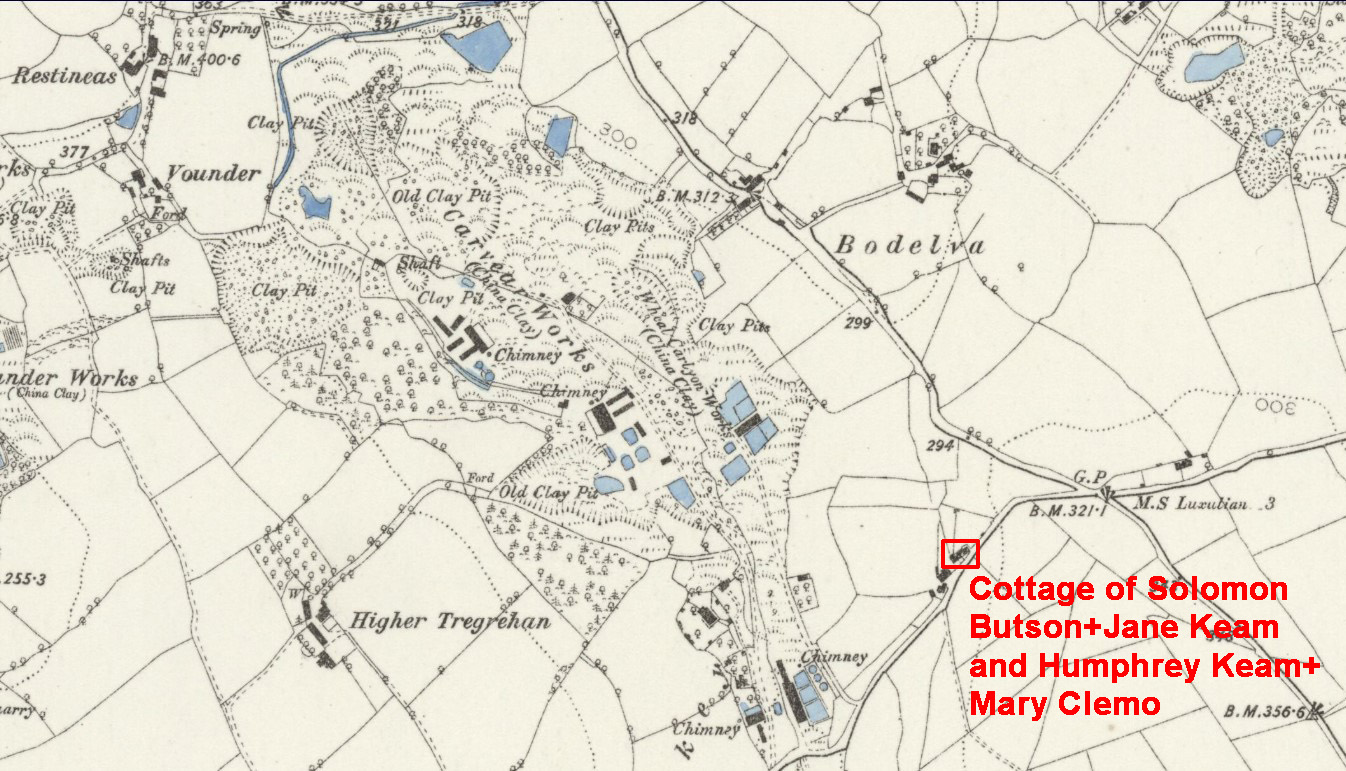
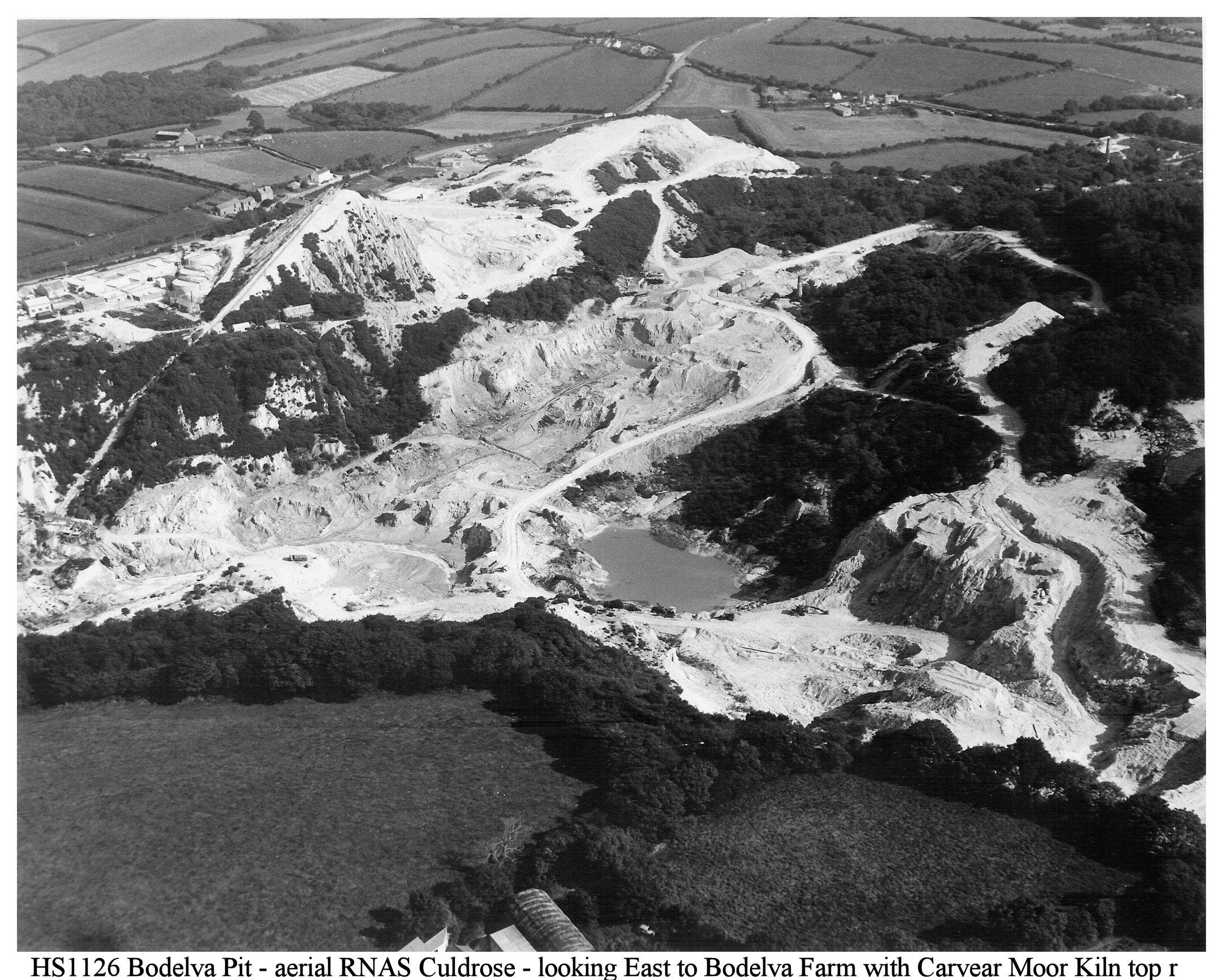
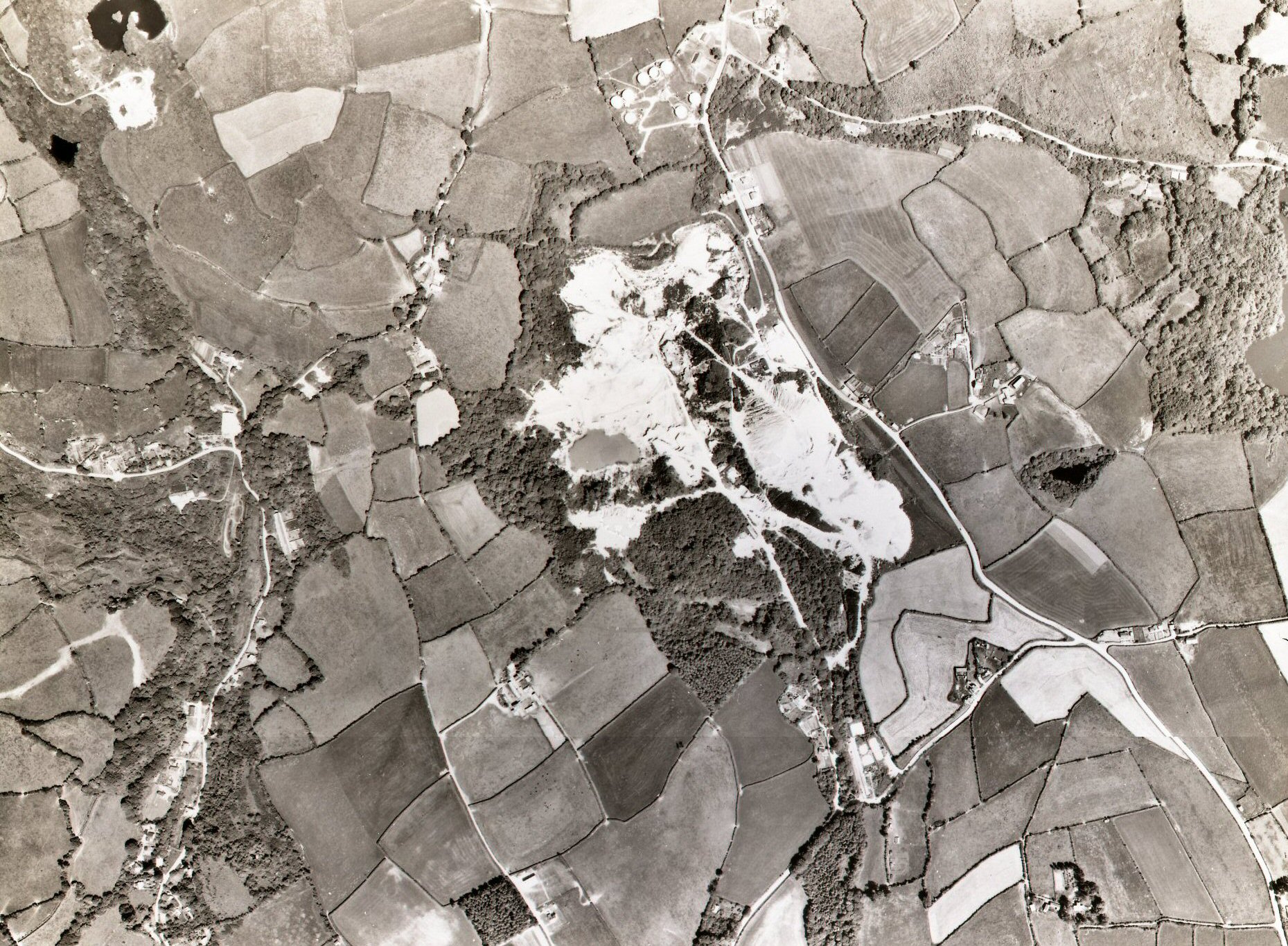
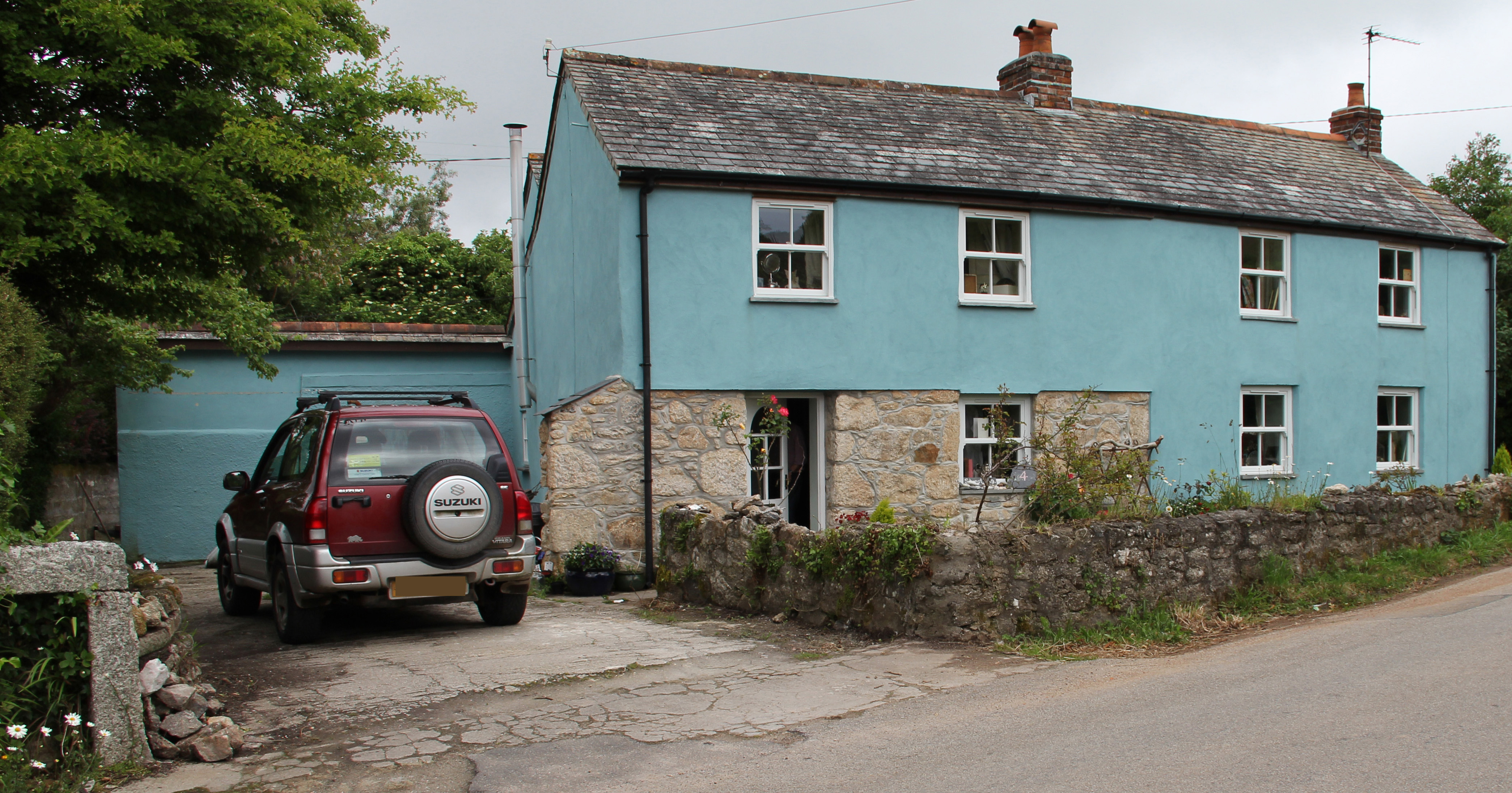
 Send E-mail to wwjohnston01@yahoo.com
Send E-mail to wwjohnston01@yahoo.com